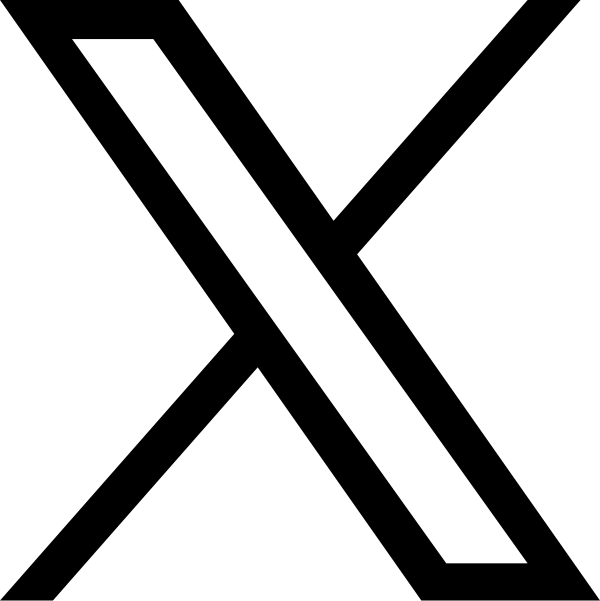Q: Recent reports show that male deaths due to skin cancer are increasing around the world. What do you think is going on, and how can we help men fare better?
Yes, skin cancer deaths in men are on the rise — both overseas and here. We know that in the U.S., men who are 49 and under have a higher probability of developing melanoma than any other cancer, and from ages 15 to 39, American men are 55 percent more likely to die of melanoma than women in the same age group. The majority of people in the U.S. diagnosed with melanoma are white men over age 55.
If caught early, melanoma and most skin cancers have a high cure rate. But that is the tricky thing: Men tend to come in for skin checks less frequently than women, and when they do, it may be after a long lag between seeing a suspicious spot and actually coming into the office. The difference can be deadly. And with men, melanoma is more likely to occur on the back of the torso or on the scalp, areas that they can’t easily see by themselves. In many cases, it can require a partner spotting it and urging them to see a dermatologist to get it checked out.
Partners — especially women, who we know are more vigilant about sun protection and skin care overall than men — can be a huge help. Men commonly learn about skin care and sun protection from them. Women generally use daily skin-care products and makeup with SPF protection, to combat the aging effects of the sun as well as the potential for skin cancers. We need men to be aware that they, too, should be proactive about using something to protect their skin every day, not just when they are on the beach or on vacation. More and more male-targeted grooming lines are catching on these days, and if that prompts more men to use SPF products every day, that’s a good thing.
It’s also important to educate the next generation of children — boys and girls. My wife has dark, olive-toned skin, and I am the complete opposite, very fair and blue-eyed. We have three girls. The oldest has skin similar to my wife, while my middle child has skin like mine, which would more likely burn if left unprotected. Regardless, we treat them all the same when it comes to developing good sun protection habits. They’ve always worn long-sleeved rash guards and hats, and it’s all they’ve ever known.
Every summer I go to my kids’ summer camp to talk to the staff about sun safety, too. I hope the generation growing up now is in a better position, so we don’t have boys becoming men who have no clue about the skin cancer risks from sun exposure and about what it takes to stay safe. — Interview by Liz Krieger

About the Expert:
Jeremy A. Brauer, MD, is a board-certified dermatologist with fellowship training in Mohs micrographic, laser and cosmetic surgery. He is a clinical associate professor in the Ronald O. Perelman Department of Dermatology at NYU Langone Medical Center and practices in New York City and Rye, New York.






